15 March 2024
Depackaging is a term that describes the process of separating packaging from the rest of the material. In addition, we will discuss cutting-edge methods for recycling old food containers.
What is Depackaging: Innovative Solutions for Packaged Food Waste
Dealing with packaged food waste challenges many people today. One striking fact is that systems exist to separate food from packaging efficiently. This article explores depackaging, offering insights and innovative solutions to tackle this issue head-on.
Keep reading to discover more.
Key Takeaways
- Depackaging is a method that separates food and drink from their packaging, with the industry’s best machines aiming for over 99% recovery with over 99.5% purity.
- Drycake’s Twister Depackager uses advanced technology to prepare waste for anaerobic digestion and composting, removing harmful substances like microplastics.
- Innovative solutions in managing packaged food waste include creating less fragmented packaging and recovering energy from organic materials through methods like anaerobic digestion.
- Machines play an essential role by sorting food waste based on properties such as colour, size, and density, helping prevent the production of microplastics.
- Suppliers like Tiger Machine, Dominator Depackaging, and Mavitec Depack offer efficient depackaging equipment contributing to sustainable waste management practices.
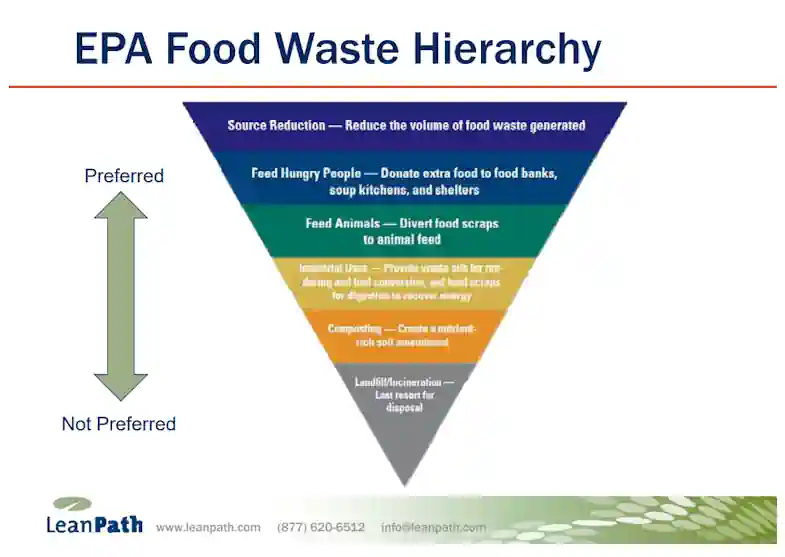
A Definition of Depackaging
Depackaging is the process of separating food and drink items from their packaging materials. This task uses various forces to break down the packaging while keeping the contents safe for further processing.
The goal is to recover as much material as possible, aiming for rates close to 99.2% recovery with purity levels exceeding 99.5%. This method ensures that valuable food waste can be reused, rather than ending up in landfills.
This technique sorts materials by characteristics like size, colour, and density. It plays a crucial role in sustainable waste management by preventing organic waste from contributing to landfill volumes.
Next comes understanding why depackaging holds significant value in managing food waste efficiently.
The Importance of Depackaging in Food Waste Management
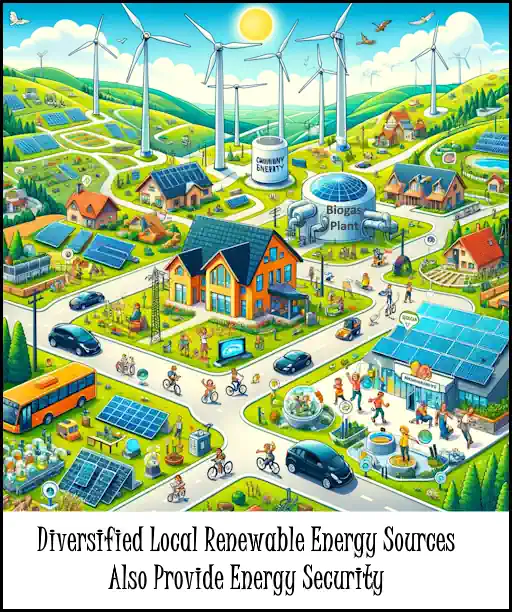 Keeping organic waste out of landfills is a key goal in managing our environment responsibly. This prevents unnecessary waste from causing pollution and complies with COP26 goals. Effective depackaging plays a vital role here by separating food from its packaging.
Keeping organic waste out of landfills is a key goal in managing our environment responsibly. This prevents unnecessary waste from causing pollution and complies with COP26 goals. Effective depackaging plays a vital role here by separating food from its packaging.
This allows the organic part to be recycled or recovered. Without this process, much of the food wrapped in plastic and other materials would simply be added to landfill sites.
Mechanical separation techniques used in depackaging systems make it possible to recycle organic materials efficiently. The best of these methods ensure that source-separated organics are processed without shredding and milling the feed materials into tiny pieces, avoiding the creation of harmful microplastics.
As global society aims for sustainability, these processes support our efforts to reduce environmental harm while promoting the recycling industry’s growth through innovative solutions such as anaerobic digestion and composting.
Depackaging Systems for Food Waste
Check out Drycake’s Twister Depackager for efficient and innovative depackaging solutions. Learn more about this game-changer in food waste management technology.
Drycake’s Twister Depackager
Drycake’s Twister Depackager leads in innovative depackaging solutions, boasting a vertical cyclonic separation technology. This advanced system prepares depackaged food waste substrate perfectly for anaerobic digestion (AD) plants and in-vessel composting (IVC) facilities.
Its unique design includes a patented debagger and, according to client requirements, a Drycake Seditank to efficiently remove microplastics, silt, sand, and grit from the food waste processed.
The machine stands out for its ability to handle various packaged foods while keeping film bags and packets as intact as possible. This careful processing significantly avoids the creation of microplastics.
With Drycake’s Twister, facilities like SEMECS, in Morteal can process up to 10 tonnes of municipal food waste per hour. This high-efficiency machine not only streamlines operations but also supports environmental sustainability by reducing labour requirements and mitigating pollution risks.
Innovative Solutions for Packaged Food Waste
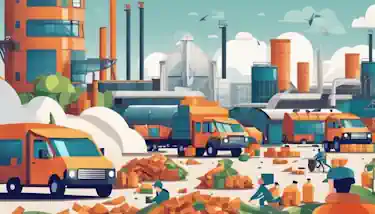 Innovative solutions for packaged food waste include less fragmented packaging and energy recovery from source separated organics. These approaches aim to improve waste management and promote sustainability in the food industry.
Innovative solutions for packaged food waste include less fragmented packaging and energy recovery from source separated organics. These approaches aim to improve waste management and promote sustainability in the food industry.
Less Fragmented Packaging
Companies are now creating packaging that easily separates from the food it contains. This means less waste and a smoother recycling process. Packets and containers designed this way help prevent unnecessary rubbish in landfills.
They also make it simpler to subsequently extract valuable materials for recycling.
This approach supports a circular economy, where resources get reused instead of wasted. Next, we explore how energy recovery from source-separated organics plays a crucial role in managing food waste efficiently.
Energy Recovery from Source-Separated Organics
Moving from solutions like less fragmented packaging, we explore energy recovery from source-separated organics (SSO). This process turns food waste and other organic materials into valuable resources.
Through anaerobic digestion or gasification, SSO is transformed into biogas. Biogas plants play a crucial role here, converting waste into renewable energy.
This method not only reduces landfill use but also cuts down greenhouse gas emissions. Materials that were once viewed as trash become sources of clean energy. Systems designed for this purpose can efficiently recover nearly 99.2% of the original contents.
The result is a greener approach to managing organic waste, proving sustainable development isn’t just possible; it’s practical and beneficial for the environment.
Plastics Recycling
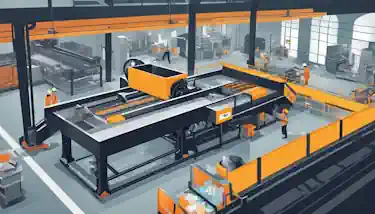 Plastics recycling plays a crucial role in managing food waste effectively. By separating plastics from organic waste, depackaging systems contribute to reducing landfill use and pollution.
Plastics recycling plays a crucial role in managing food waste effectively. By separating plastics from organic waste, depackaging systems contribute to reducing landfill use and pollution.
Recycling plastics turns them into valuable resources instead of environmental pollutants. This process supports the production of new products while conserving natural resources.
Advanced technologies help extract plastics from mixed waste, improving recycling rates. These innovations minimise contaminants such as microplastic particles in bio-pulp, protecting our ecosystems.
The aim is to enhance the quality of recycled plastic, making it suitable for further use and supporting global sustainability goals.
The Role of Depackaging Machines
Depackaging machines sort and separate food waste, preventing the production of microplastics, and play a crucial role in waste management systems. Read more about it!
Sorting and Separation
Sorting and separation are key steps in managing food waste effectively. The latest generation of these use different methods to divide materials based on their properties, without creating microplastic:
- Magnetic attraction helps pull out metals from the mix, leaving behind purer waste material for processing.
- Light refraction technology identifies and sorts materials based on how light passes through them, aiding in the separation of glass and plastics.
- Density sorting separates items by their heaviness, which is useful for separating food from heavier packaging materials.
- The hardness test helps to segregate hard items like bones or shells from softer food wastes.
- Trommel screens rotate to sieve out smaller particles from larger pieces, aiding in the refinement of waste streams.
- A combination of pressure and a metal sieve is applied to squeeze out food contents while holding back the packaging – reducing the splintering of materials.
- Tangential shearing action cuts through waste, separating it without applying too much force that might damage the recyclables.
Each method ensures that all recyclable or compostable materials are recovered efficiently from food waste, allowing the food waste to be anaerobically digested and preventing unnecessary landfill disposal.
Prevention of Microplastics Production
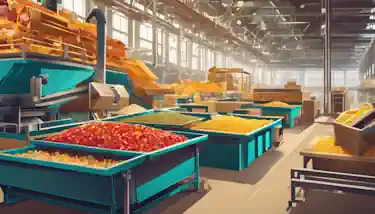 Depackaging systems are crucial in stopping microplastics from entering our environment. These machines work by separating food waste from its packaging with minimal force. This method greatly reduces the chance of breaking plastics into smaller pieces, which could become harmful microplastics.
Depackaging systems are crucial in stopping microplastics from entering our environment. These machines work by separating food waste from its packaging with minimal force. This method greatly reduces the chance of breaking plastics into smaller pieces, which could become harmful microplastics.
By using less force, these systems ensure that plastics stay whole and can be properly recycled.
The technology behind depackaging has evolved to protect our planet. Recovered materials from these processes have a purity level higher than 99.5%, proving their efficiency in extracting food content without creating additional waste.
With recovery rates around 99.2%, nearly all food is separated cleanly, ensuring minimal contamination and preventing small plastic parts from being mixed with the organic material intended for composting or anaerobic digestion.
Suppliers of Waste Depackaging Machine Equipment
Suppliers of Waste Depackaging Machine Equipment include Tiger Machine, Dominator Depackaging, and Mavitec Depack. Read on for more innovative solutions to reduce food waste.
Tiger Machine
Tiger Machine is a frequent choice for food waste depackaging, as it offers readily available parts and quick delivery. Additionally, the machine supports multiple languages for training purposes and has strong backing from Blue Group, a local distributor in the UK.
Dominator Depackaging
Transitioning from Tiger Machine to Dominator Depackaging, various companies offer depackaging equipment designed for the efficient separation of organic waste from its packaging. One such prominent player in this field is Dominator Depackaging, known for supplying waste depackaging equipment associated with anaerobic digestion industries in the American and European markets.
The company’s contribution to food waste management underpins sustainable business practices and aligns with the drive towards resource recovery and landfill diversion.
Numerous American and European companies also offer a range of depackaging equipment catered specifically to the needs of their market, emphasising their role in addressing food loss and waste.
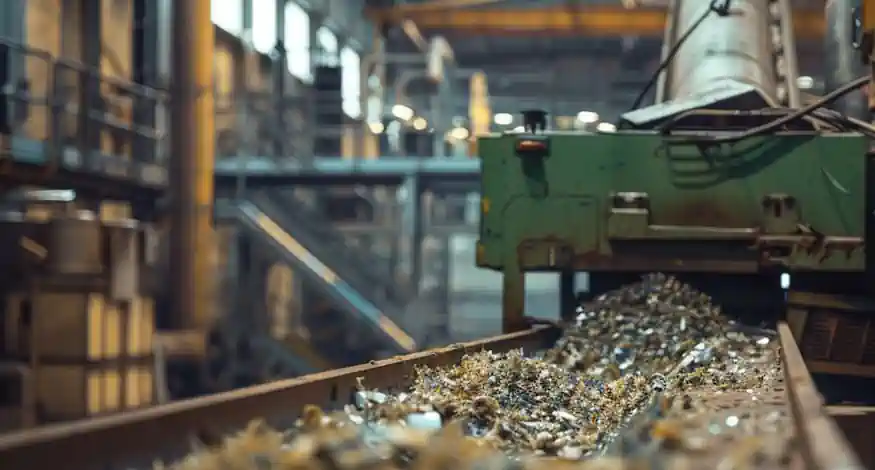
Mavitec Depack
Mavitec Depack specialises in supplying waste depackaging machine equipment for managing packaged food waste. This solution plays a crucial role in separating and recovering organic materials from packaging, contributing to efficient waste management strategies.
Mavitec’s expertise adds value to the innovation of addressing food waste concerns through advanced depackaging systems.
Moving forward – Drycake’s Twister Depackager
This state-of-the-art system is designed to cater to the needs of various industries, including waste management, recycling, and bioenergy production. With its robust construction and advanced design, it ensures minimal downtime and maximum productivity, effectively reducing waste and enhancing the sustainability of your operations.
The Future of Food Waste Pre-treatment Systems
The future of food waste pre-treatment systems is focused on advancing depackaging technologies to efficiently separate packaging from organic matter. These cutting-edge systems aim to minimise the environmental impact of plastic and other packaging materials, ensuring a cleaner feedstock for anaerobic digestion and composting processes.
Additionally, advancements in machine learning and automation are expected to enhance the sorting and separation process, improving efficiency while reducing operational costs. With a forward-looking approach, these innovative solutions are set to revolutionise how food waste is managed, paving the way for more sustainable and eco-friendly practices within the realm of waste management.

Furthermore, as technology continues to evolve in this sector, there’s a growing emphasis on transparency and accountability throughout the entire depackaging process. This includes leveraging data analytics to monitor performance metrics such as total solids content and energy recovery rates.
By embracing these futuristic trends and integrating them into existing waste management infrastructures, we can unlock new opportunities for resource recovery while minimising the environmental footprint of food waste disposal.

Conclusion
In conclusion, depackaging presents innovative solutions for managing packaged food waste. Through advanced systems and equipment, it tackles the challenge of separating food from packaging efficiently and sustainably.
These depackaging technologies not only reduce contamination but also enhance the processing of organic waste for recycling and composting. With continued advancements in depackaging machinery and processes, there is a promising future for minimising food waste while maximising resource recovery.
FAQs
1. What does depackaging mean?
Depackaging is the process of separating food waste from its packaging, making it easier to recycle both the organic waste and the materials like plastic and paper.
2. How does depackaging help in recycling?
By removing food waste from its packaging, depackaging allows for cleaner and more efficient recycling of materials such as plastics and papers. It also helps in creating food waste slurries that can be used for biogas production.
3. Can depackaged food waste be used for anything?
Yes! Once separated, the organic part of the waste can go to an anaerobic digestion plant where it gets turned into biogas or compost, supporting green energy and agriculture.
4. What equipment is used in depackaging?
Equipment like screw presses, tiger depackaging systems, and Gemidan Ecogi are common tools for separating packaged food waste into recyclable materials and organic slurries.
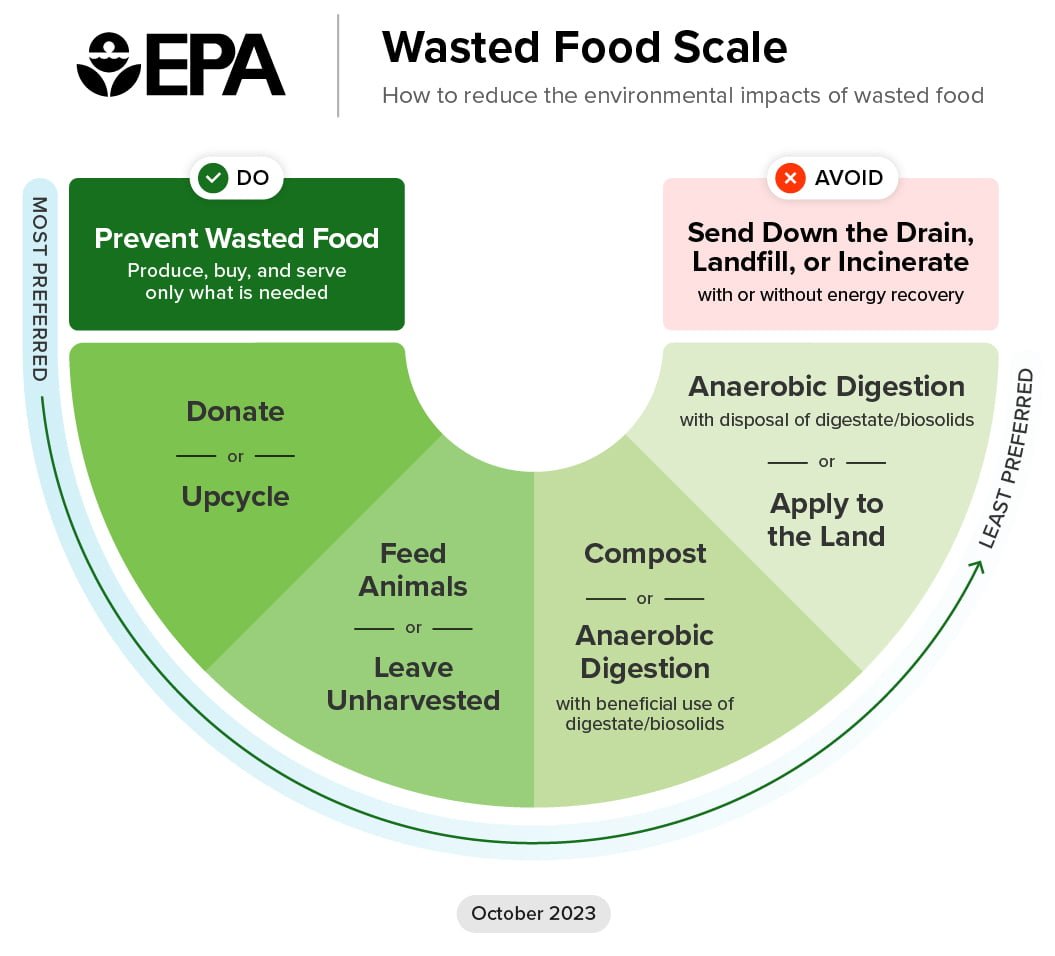
5. Is all packaging suitable for a depacking process?
Most types of packaging can be processed through modern depacking solutions, including plastics, paper, tin cans, Tetrapak containers, and even compostable plastics.
6. Why is depackaging important for our environment?
Depackaging reduces landfill use by diverting both organic wastes towards producing biogas or composts and recyclable materials back into production cycles; this significantly aids in efforts to decarbonise our planet.
Discover more from The Depackaging Machines Directory
Subscribe to get the latest posts sent to your email.
